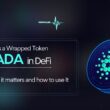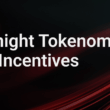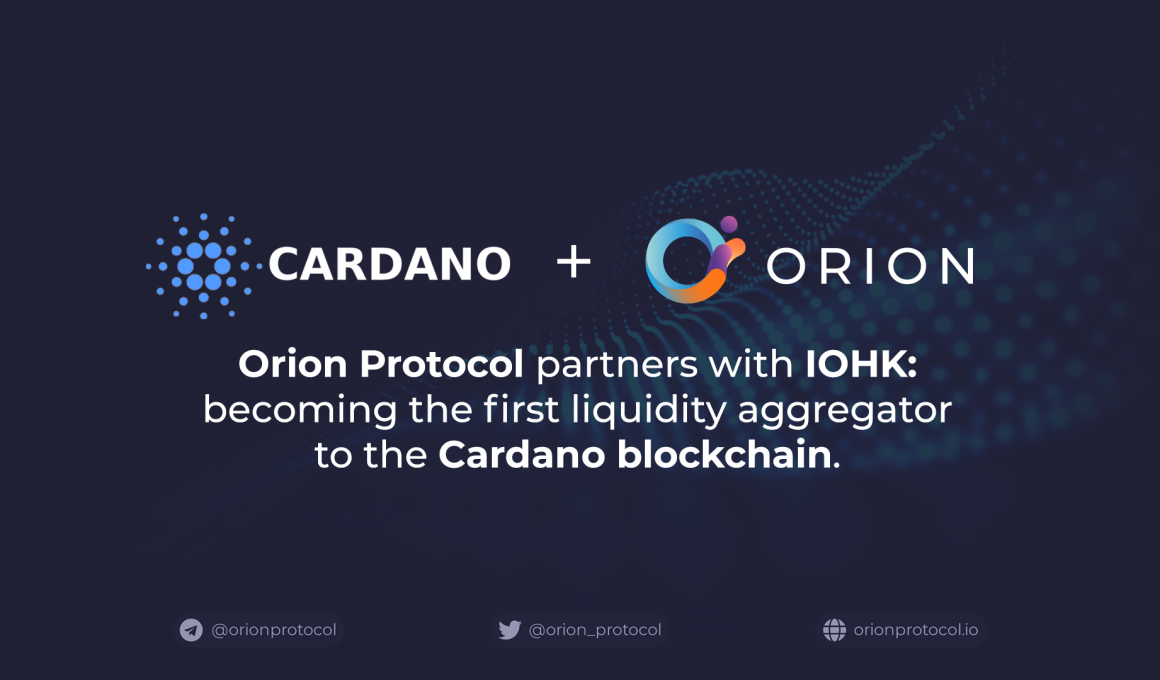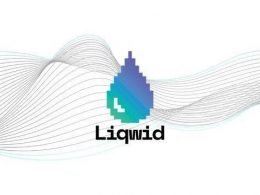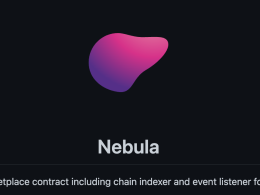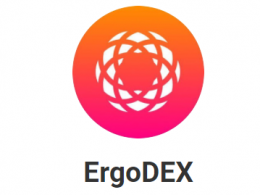As of March 1st, Cardano completed its 2nd hardfork-combinator event (a novel mechanism developed by Cardano) in a 3-phased HFC rollout with the launch of ‘Mary’. Mary brought about the introduction of native-assets on the blockchain. Bye-bye ERC-20 standard. The rollout plan will culminate in the launch of Goguen, which will bring dApp availability, Plutus, Marlowe and much more.
Since the Mary hardfork Cardano has seen over 10,000 new tokens launch on its blockchain and has been a playground for community members to exchange tokens, NFTs and more! With that being said, Cardano ADA (the Cardano token) holders do not have the ability to participate in the robust, new and riveting world of DeFi, which largely takes place on the Ethereum network, upwards of 40%. This leaves Cardano with roughly $40 billion dollars of on-chain liquidity and no investment vehicle to put it to work, outside of Cardano’s revolutionary PoS algorithm powered by Ouroboros Praos – a novel consensus mechanism – that incentivizes ADA holders to stake their tokens to help node operators process transactions with a 5% yearly return.
As we transition from Mary to Goguen, there is about a 6-month window for early adopters to take advantage of this untapped $40 billion dollar pool, because once Goguen comes, the floodgates will open.
Enter the latest project, Orion Protocol.
What is the Orion Protocol?
Orion Protocol is a liquidity aggregator that provides a non-custodial gateway for an asset in any DEX, CEX, and swap pool to access its suite of investment products. Orion Protocol has set out to solve the problem of fragmentation in the crypto industry by providing a decentralized hub for order books to live on, called the Orion Terminal, therefore eliminating problems like slippage, arbitrage – anyone remember the Kimchi Premium – custodianship and centralized exchange hacks. In theory Orion will pool liquidity from centralized exchanges (Binance, Coinbase, Crypto.com) and decentralized exchanges (Uniswap, Sushiswap, Pancakeswap) and create a decentralized trading platform with the entire crypto industry’s liquidity while also sporting a suite of trading tools, price oracles and news articles.
Decentralization within the Orion Protocol
Orion Protocol is run on what is called Delegated Proof of Broker or DPoB. The ecosystem of DPoB is split between Brokers and Non-Broker Stakers (NBS) in which the Brokers are incentivized to offer attractive rates to grow their stake. The more NBS a Broker has the more opportunity that Broker has to execute a traders trade and thus more opportunity to collect trading fees, which are then distributed to the NBS.
Brokers run the Orion Broker Software which overlays across multiple exchanges or is even run by exchanges themselves like Kucoin. The liquidity aggregator gathers all the order books across all the exchanges the Broker supports and selects the best trading price which allows traders to automatically secure the best spot prices. NBS stake ORN (Orion Protocol’s native token) to Brokers. When Brokers execute trades they receive a trading fee in the form of ORN in which they can set any variable rate to distribute to their NBS, creating competition between Brokers.
Traders, who trade directly out of their wallets, are incentivized to purchase and use ORN for trading because they will pay less fees per trade. It is possible to trade with your compatible native asset but you will incur more fees. If you are an ADA holder you will theoretically be able to trade directly out of your Yoroi or Daedalus wallet.
What does the Orion Protocol Offer?
Orion Protocol isnt just going to offer a decentralized trading platform, they are also developing a marketplace for users to purchase Orion-based software such as arbitrage applications, algo-trading bots and payment integration systems.
They are developing a DEX-kit in which users can launch their own DEX’s with access to Orion’s liquidity which would further foster interoperability and decentralization. They are also developing a lending protocol that will integrate with their novel high-margin trading solution on a decentralized platform and allow users to provide liquidity and earn yield.
How does Cardano help?
Now that you understand the value proposition a little more from Orion Protocol, lets explain what the partnership with Cardano could look like. For starters, Cardano was built for scalability and sustainability which is evident in their multi-layer protocol, CSL (Settlement Layer) and CCL (Computation Layer). At a high level this novel multi-level protocol distribution separates the transaction data (UtxO-based accounting) and the contract data. This fosters massive flexibility in design and allows smart contracts to be written with granular rules and requirements without congesting the blockchain. In other words the CCL will evaluate the transactions before passing it to the CSL, whereas our Ethereum counterpart does this all on one blockchain leading to network congestion and low-throughput.
This will allow Orion Protocol to write robust smart contracts that will be layered into their existing platform model. As more news on development strategy unveils itself we will see how Orion plans to utilize Cardano’s elegant and powerful platform.


